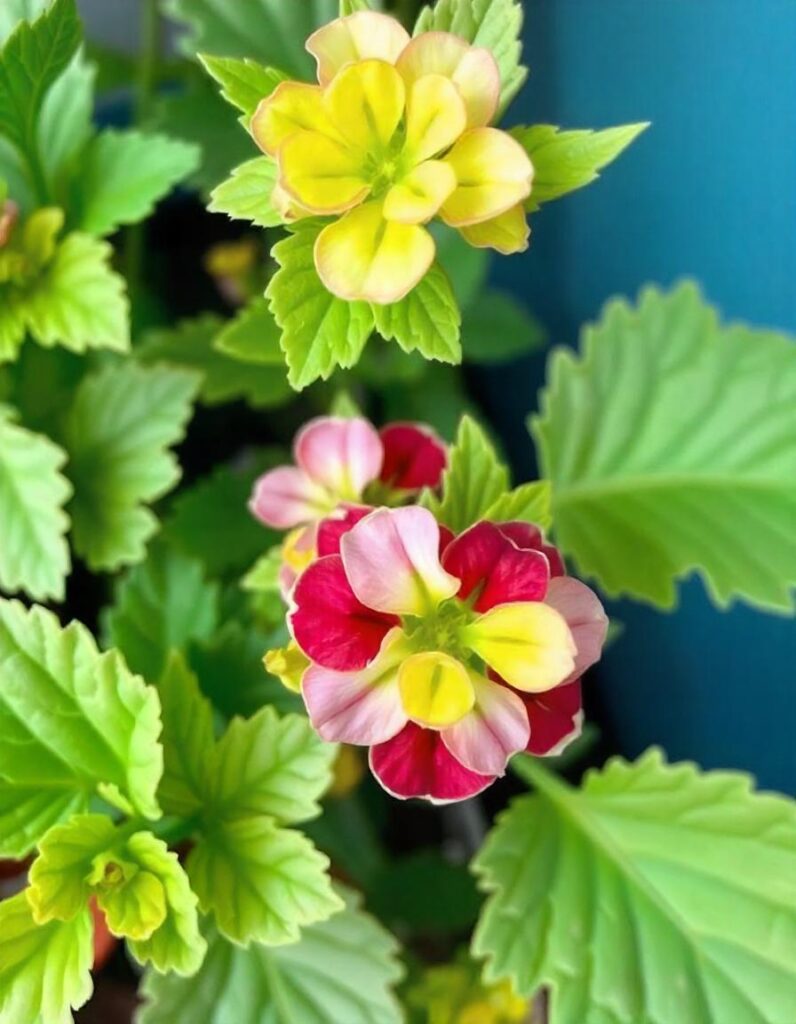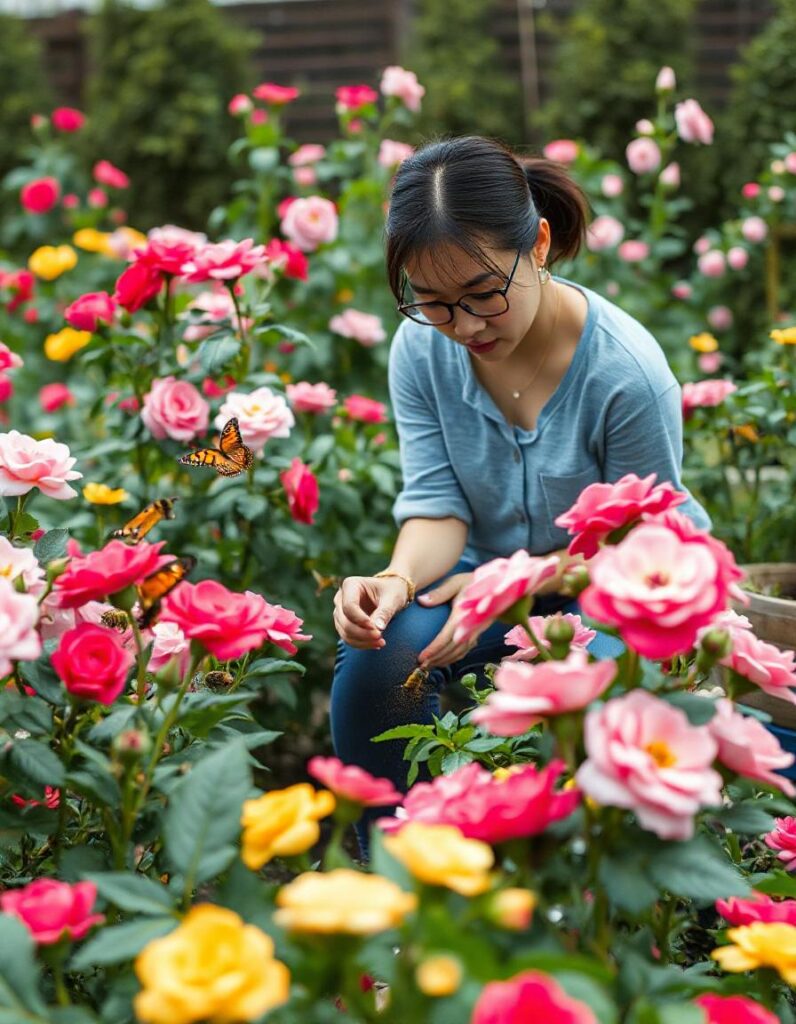Quisqualis Plant: An Overview of its Characteristics, Benefits, and Care
Introduction
The Quisqualis plant, scientifically known as Quisqualis indica, is a tropical flowering vine admired for its striking clusters of fragrant blooms. Commonly referred to as Rangoon Creeper, Chinese Honeysuckle, or Drunken Sailor, this plant is known for its vibrant flowers that change colors as they mature, creating a spectacular display. Native to Southeast Asia, Quisqualis is widely grown in gardens and landscapes worldwide for its aesthetic appeal, medicinal benefits, and easy-to-grow nature.
In this article, we’ll delve into the unique characteristics of the Quisqualis plant, its various uses, and tips for successful cultivation.
Table of Contents

Characteristics of the Quisqualis Plant
Botanical Name: Quisqualis indica
Common Names: Rangoon Creeper, Chinese Honeysuckle, Drunken Sailor
Family: Combretaceae
Origin: Southeast Asia
Plant Type: Woody vine
Appearance:
The Quisqualis plant is a fast-growing climber that can reach heights of 8 to 12 meters (26 to 39 feet). It has elongated, lance-shaped leaves that are typically dark green and glossy. The plant’s main attraction, however, is its flowers. Quisqualis produces clusters of tubular flowers that start off white, turn pink as they mature, and eventually deep red when fully bloomed. This unique color transition adds to the visual interest of the plant. The blooms are also highly fragrant, especially in the evening, attracting pollinators such as bees and butterflies.
Growth and Cultivation Requirements
The Quisqualis plant is relatively easy to grow, making it a popular choice for gardeners of all skill levels. Here are the key factors to consider when cultivating Quisqualis:
1. Sunlight
Quisqualis thrives in full sunlight but can also tolerate partial shade. For optimal flowering, it is best to plant it in an area that receives at least 6 to 8 hours of direct sunlight daily.
2. Soil
The plant prefers well-draining, fertile soil with a slightly acidic to neutral pH level (around 6.0 to 7.0). Quisqualis is adaptable to various soil types, including loamy and sandy soils, as long as there is good drainage.
3. Watering
Quisqualis requires regular watering, especially during the growing season. The soil should be kept consistently moist but not waterlogged. However, once established, the plant can tolerate short periods of drought.
4. Fertilization
To encourage lush growth and abundant flowering, fertilize the plant with a balanced fertilizer (10-10-10) once a month during the growing season. Organic compost can also be added to improve soil fertility.
5. Pruning
Pruning is essential to maintain the shape and size of the Quisqualis plant. Regular pruning after the blooming season helps control its growth and encourages the development of new shoots. Dead or damaged branches should also be removed to promote healthy growth.
6. Support Structures
As a climbing vine, Quisqualis requires support structures such as trellises, arbors, or pergolas. The vine will naturally cling to these structures and spread, creating a beautiful, cascading effect.
Medicinal Benefits and Uses
In addition to its ornamental value, the Quisqualis plant has a long history of medicinal use in traditional medicine, particularly in Southeast Asia. Some of its common uses include:
- Digestive Health: The seeds of the Quisqualis plant are known for their anthelmintic properties, which means they are used to expel parasitic worms from the body. In traditional medicine, the seeds are often used to treat intestinal worms, especially in children.
- Anti-inflammatory and Antimicrobial Properties: The leaves, flowers, and roots of Quisqualis are used in various herbal remedies for their anti-inflammatory and antimicrobial properties. They are believed to help alleviate pain, reduce swelling, and fight infections.
- Respiratory Health: The plant has been used to treat respiratory issues such as coughs and colds. The leaves and roots are often prepared as a decoction to relieve symptoms of respiratory ailments.
- Skin Health: Quisqualis extracts are sometimes used topically to treat skin conditions like rashes, ulcers, and boils. Its antimicrobial properties are thought to help heal and protect the skin.
Pests and Diseases
Quisqualis is generally a hardy plant, but it can be susceptible to common garden pests such as aphids, mealybugs, and spider mites. Regular monitoring and early intervention with organic insecticides or neem oil can help manage infestations. The plant may also be prone to fungal diseases like powdery mildew if grown in overly humid conditions or if air circulation is poor.
Conclusion
The Quisqualis plant is a versatile and attractive addition to any garden, offering both aesthetic beauty and practical medicinal benefits. Its vibrant, color-changing flowers and fragrant blooms make it a favorite among gardeners, while its easy-to-grow nature ensures that it can thrive in a variety of climates. Whether you are looking to enhance your garden’s visual appeal or explore the plant’s traditional uses, Quisqualis is a plant worth considering.
By following the right care tips and understanding its requirements, you can enjoy the beauty and benefits of Quisqualis in your garden for years to come.
